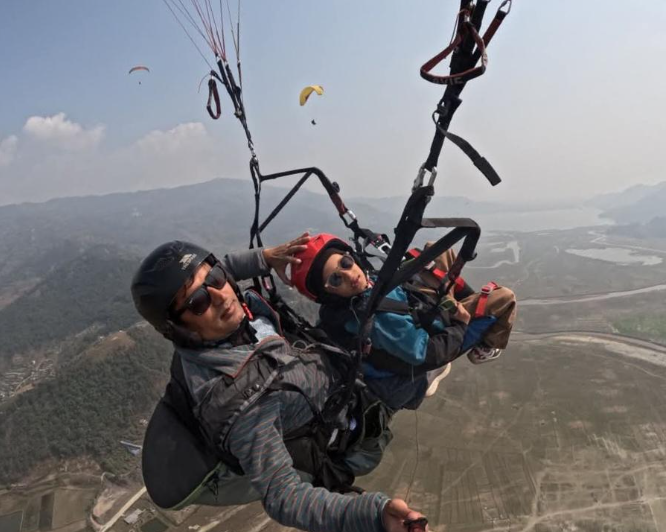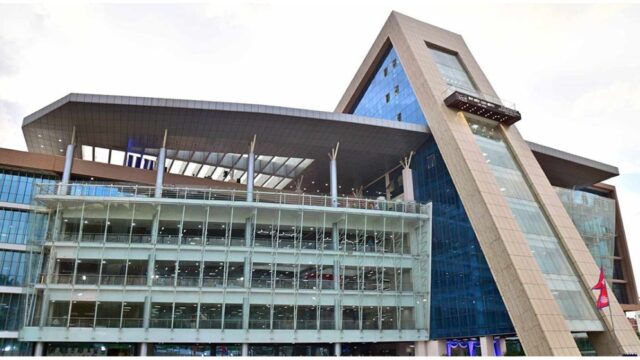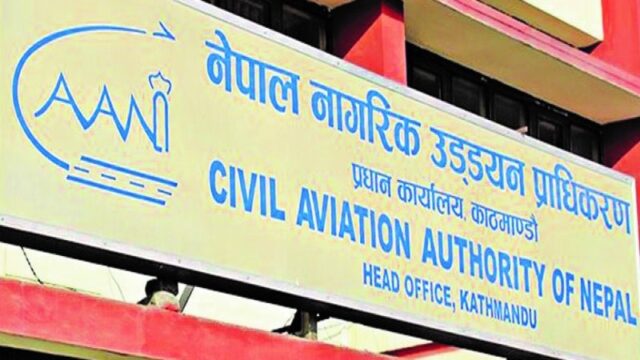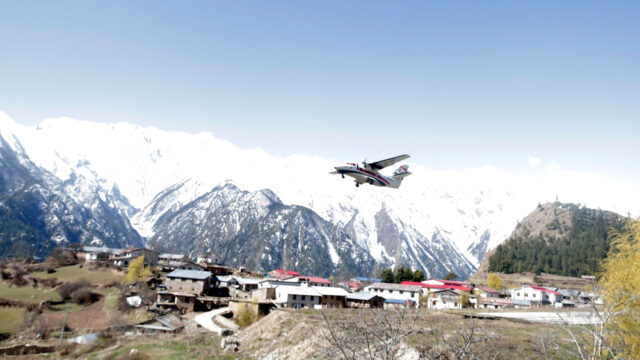Pokhara, a globally recognized hub for paragliding, is witnessing a revival in its adventure tourism scene after months of stagnation caused by the operation of the Pokhara International Airport. With recent collaborative efforts between the Civil Aviation Authority of Nepal (CAAN) and Nepal Air Sports Association (NAA), paragliding activities have gradually resumed with more stability and promise.
A pivotal decision was made to extend the operational time of paragliding flights to one and a half hours and to reinstate the previous landing zone at Khapaudi (End of Lake), which had been halted due to aviation safety concerns. This decision has been welcomed with optimism by paragliding pilots and tourism entrepreneurs, who see it as a crucial step toward re-establishing Pokhara as a world-class paragliding destination.
When the international airport began operations, paragliding flights previously launched from Sarangkot and Toripani were relocated to Mandredhunga, with landings moved to Pame. The shift, implemented for safety, severely impacted the vibrancy of the skies over Pokhara and posed significant challenges to the industry. Many pilots and businesses found themselves displaced, and the once-thriving adventure activity faced a sharp downturn.
Anil KC, President of NAA, confirmed that flights will now take off from Bahakot (near the original locations) and land again at Khapaudi. “Our operations had become increasingly difficult. The skies of Pokhara had lost their sparkle. It was hard to sustain the business, and over 150 pilots were displaced,” he said. “This new decision brings hope.”
According to KC, the revised schedule allows paragliding operations from 11 AM to 4:30 PM, offering tourists and pilots extended opportunities to enjoy panoramic views of Fewa Lake and the Annapurna range. He emphasized that this time extension will help increase flight frequency and significantly enhance the tourist experience.
Pokhara Metropolitan City Mayor, Dhanraj Acharya, praised the decision, particularly as it aligns with the ongoing Pokhara Visit Year 2025 campaign. “This positive move will revitalize Pokhara’s adventure tourism sector. Although delayed, the long-standing demand of tourism entrepreneurs has been addressed,” he remarked. “With extended flight times and restored landing areas, we are confident this will attract more thrill-seekers and solidify Pokhara’s status as a premier destination.” KC further shared that there are plans to resume solo paragliding operations and host international paragliding competitions in the near future.
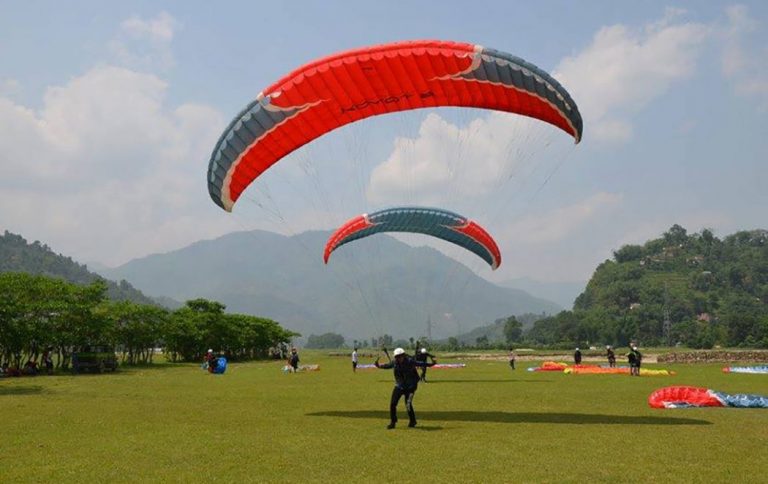
Paragliding in Pokhara
Meanwhile, Yogendra Kunwar, Chief of Air Traffic Control at Pokhara International Airport, assured that the decision to allow landings at the original site was made with sustainable tourism in mind. “Safety remains our top priority. All companies and pilots are required to adhere strictly to safety protocols to ensure a secure and enjoyable experience for tourists,” he said.
Gopi Bahadur Bhattarai, Coordinator of Pokhara Visit Year 2025, highlighted the importance of increasing tourism activities and enhancing connectivity with China and India. “Paragliding is one of the core elements of Pokhara’s natural charm. It should never again face displacement,” he stressed, adding that more promotional programs and coordinated support from all levels of government and tourism stakeholders are essential for its sustained growth.
In line with improving safety standards, NAA organized a technical training session for pilots on May 21, 2025. The training focused on airspace boundaries, discipline, and adherence to safety protocols. According to NAA General Secretary Balram Acharya, advanced technologies like GPS and modern navigation systems were introduced during the training to ensure safer and more organized flights.
NAA Vice President Vijay Gautam, national athlete Bimal Adhikari, and chief trainer Yogesh Bahadur Bhattarai facilitated the training sessions, emphasizing the integration of modern methods to make paragliding safer and more efficient.
Senior Vice President of NAA, Khemraj Acharya, expressed confidence that the combination of natural beauty, enhanced regulations, and ambitious tourism strategies will elevate Pokhara’s paragliding sector to new heights. “This initiative will transform Pokhara into an essential destination for adventure tourists in 2025 and beyond,” he said.
According to Acharya, the paragliding industry has an investment of approximately NPR 1 billion, involving 59 commercial companies, 400 tandem pilots, and over 250 active personnel. Previously, daily flights ranged from 500 to 1,500, but relocation had drastically reduced operations, putting businesses under financial strain. With restored flight paths, improved time slots, and a renewed focus on safety and promotion, Pokhara’s paragliding industry is poised for a strong comeback bringing with it renewed energy for Nepal’s adventure tourism sector.
